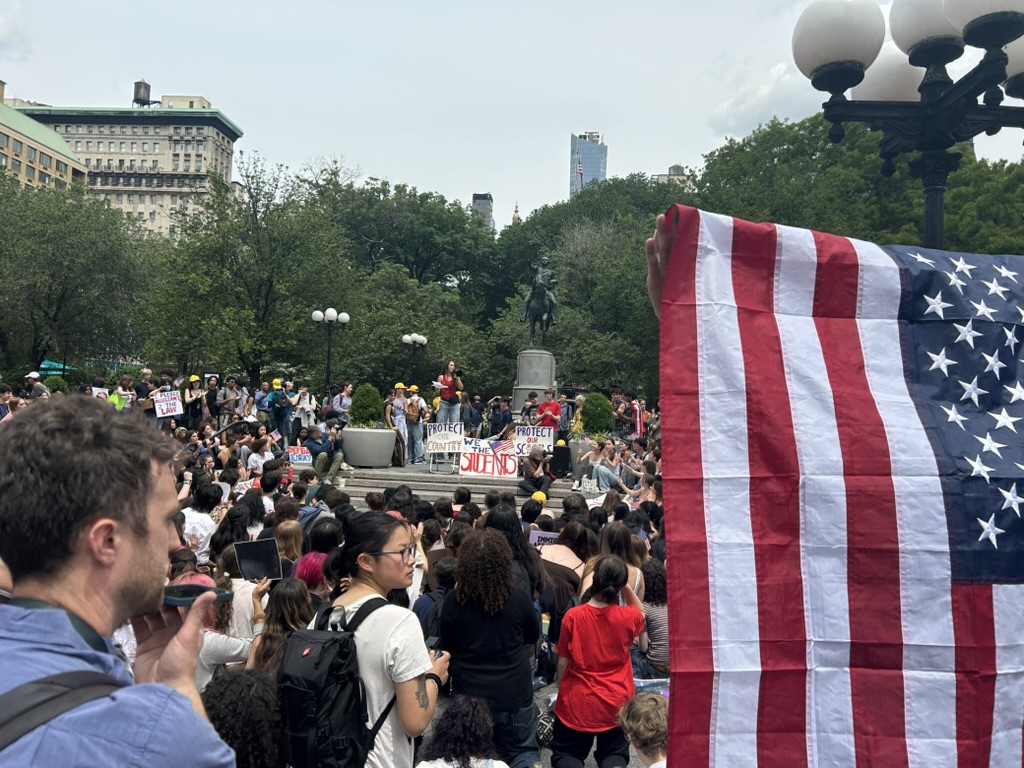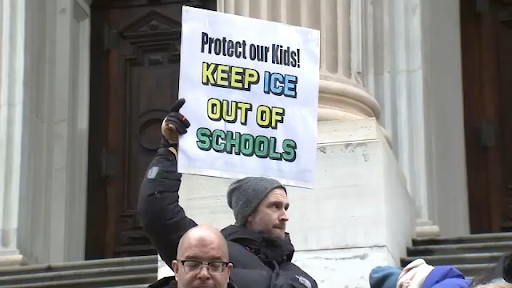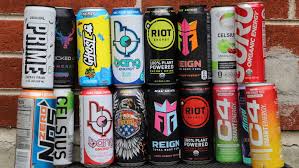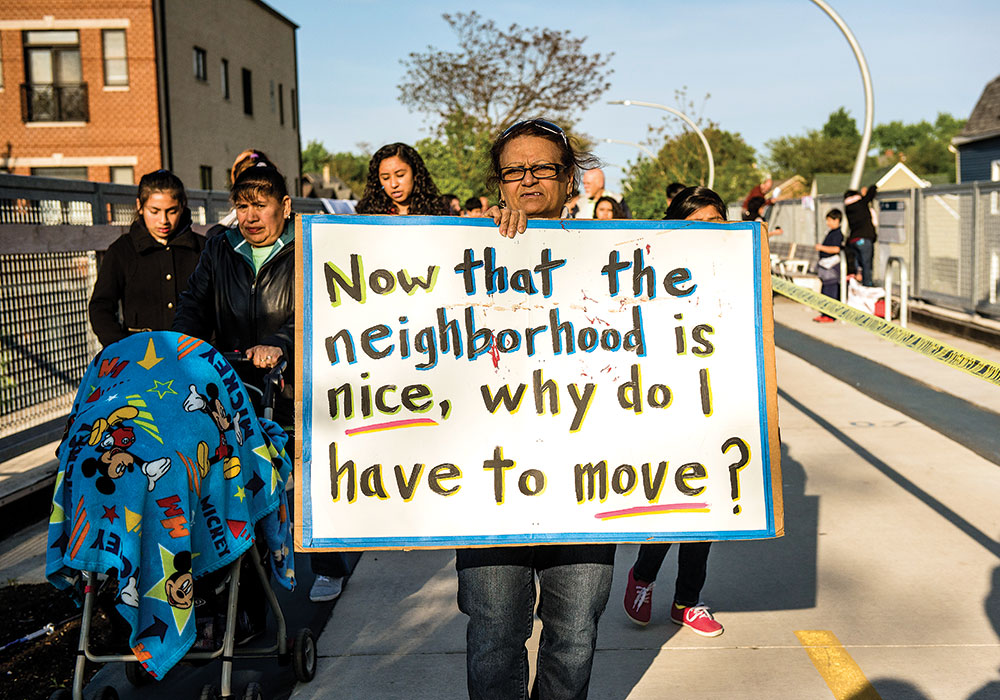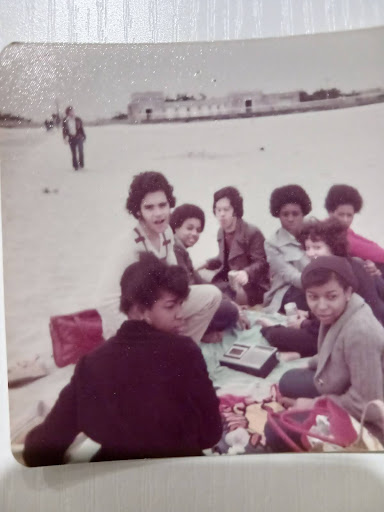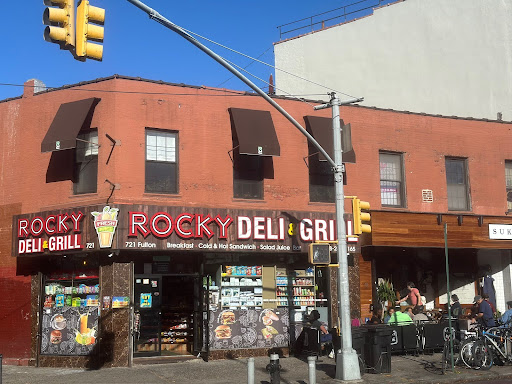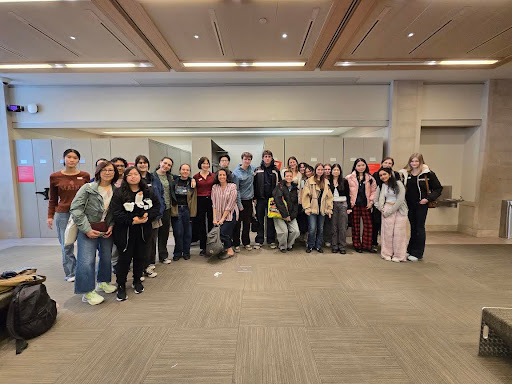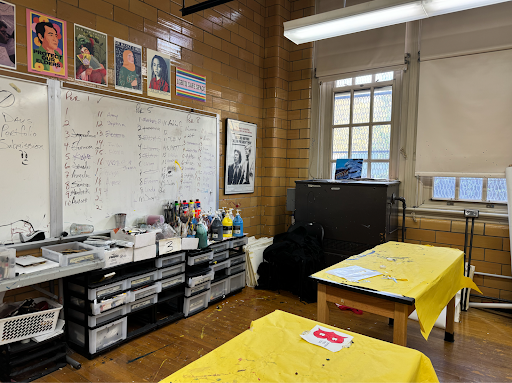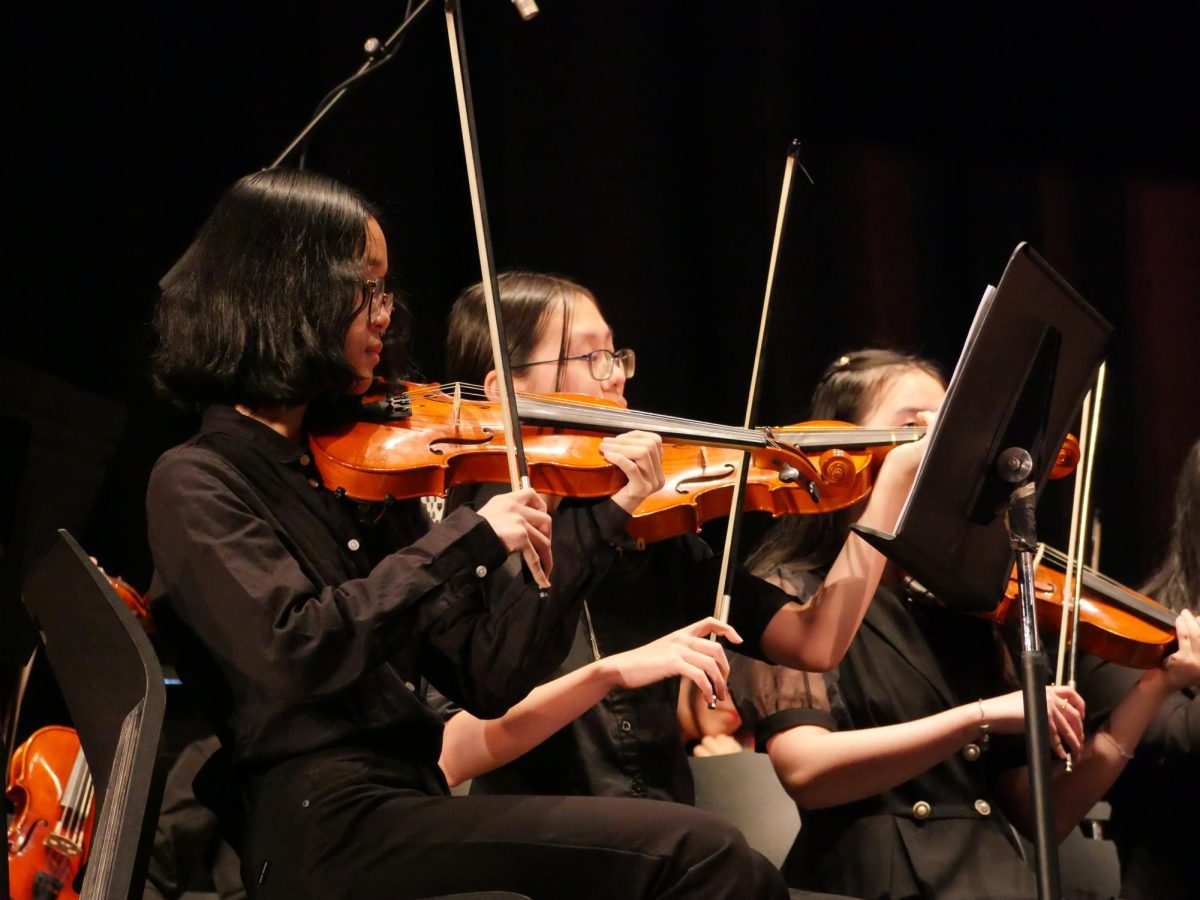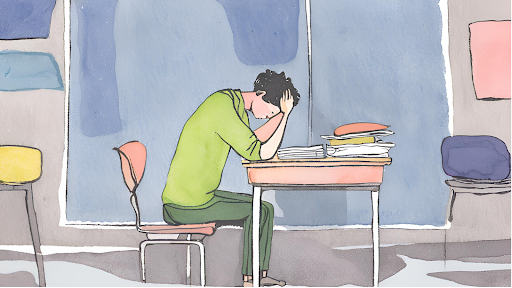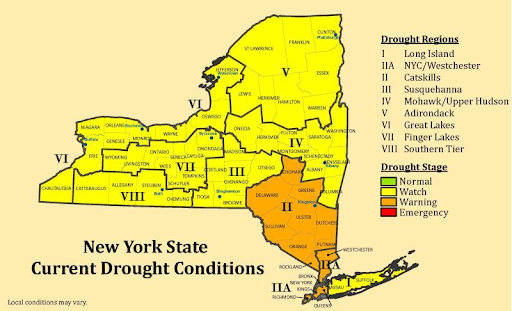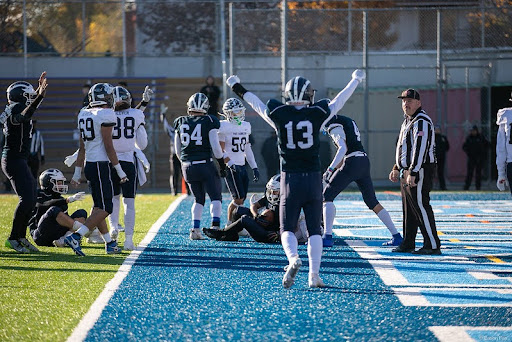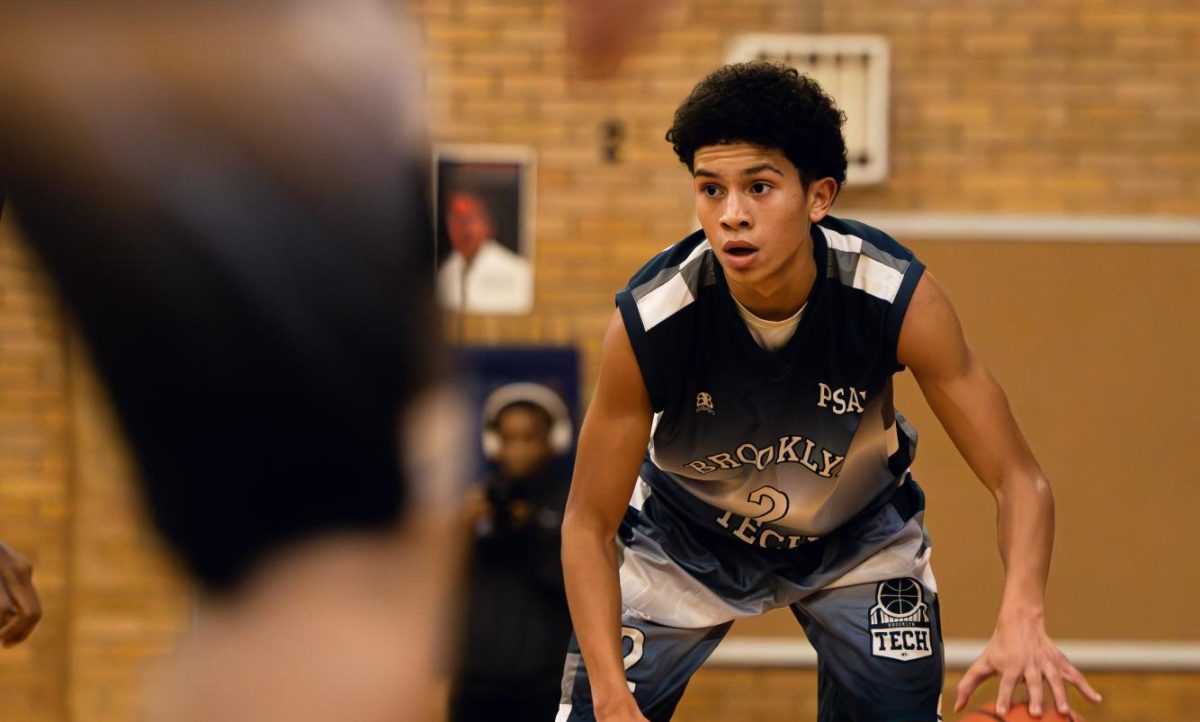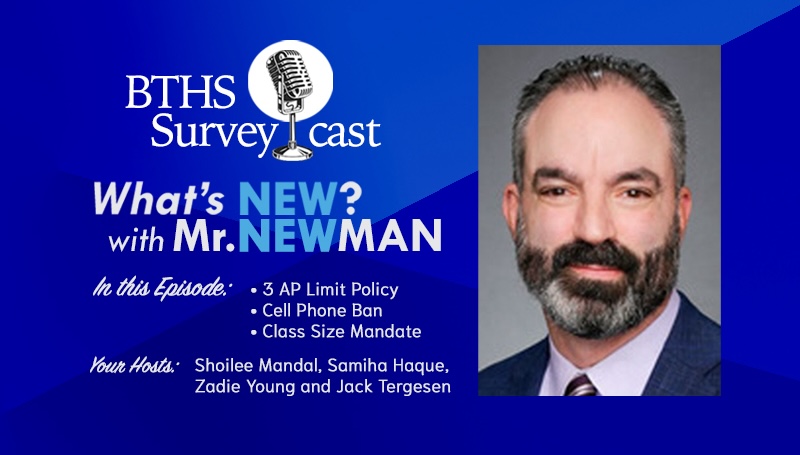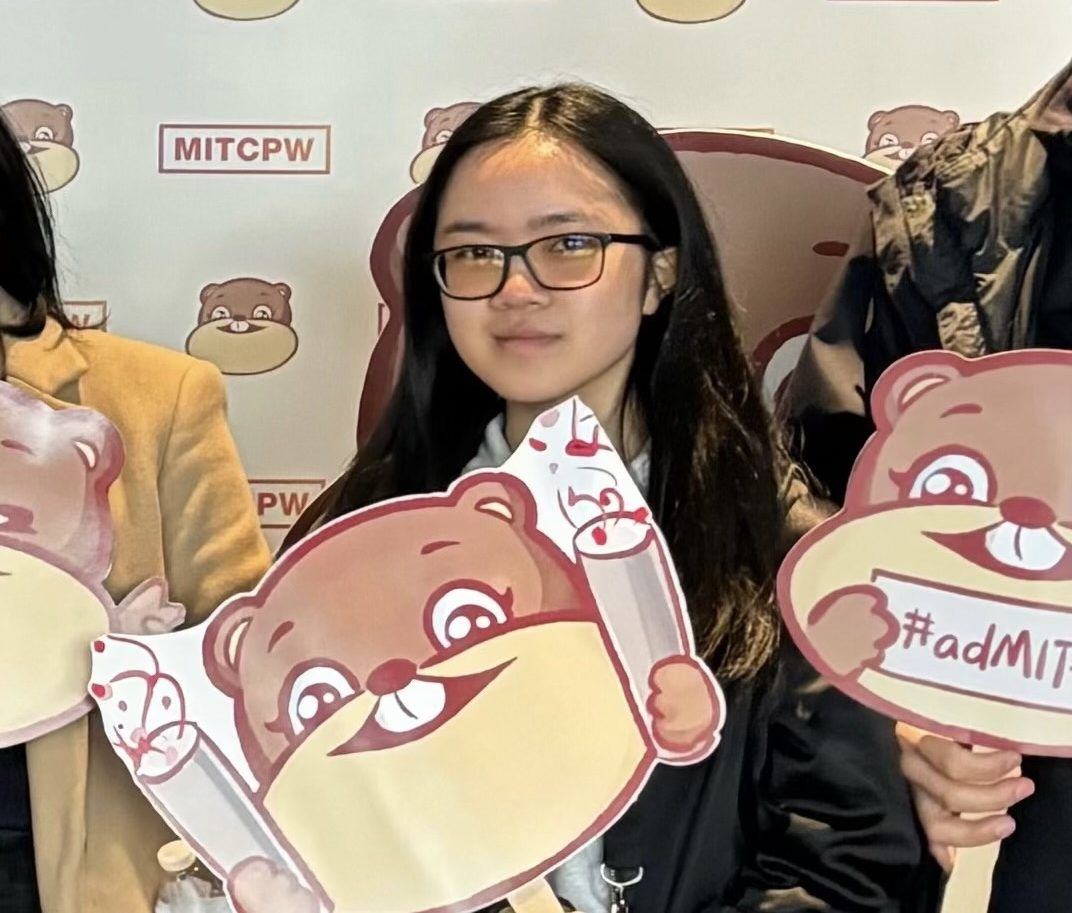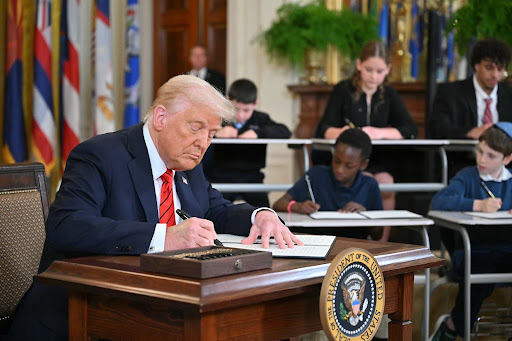Within a week of retaking office, President Trump directed United States Immigration and Customs Enforcement (ICE) to launch large-scale raids at worksites and homes across major U.S. cities, including New York, to identify and apprehend undocumented immigrants.
ICE was created by the Homeland Security Act of 2002, following the September 11th attacks in 2001. The agency is responsible for detecting and dismantling criminal organizations and persons that threaten the safety of America and its citizens, according to their mission statement. However, in the past decade, ICE has shifted its focus to the deportation of undocumented immigrants.
In his 2024 presidential campaign, Trump promised to end the record-high illegal border crossings from Mexico during the Biden administration, which he called a “bigger [issue] than the economy” at his MSG rally. The current crackdown follows a period of record-high illegal border crossings during the Biden administration’s open border policies.
The resulting influx of migrants into cities led to pushback against “sanctuary city” policies such as those in New York, where migrants were in limited cases housed in government-funded Manhattan hotel rooms and even Brooklyn high schools. After stopping these brief aids to undocumented immigrants that were highly critiqued by Trump, sanctuary cities have taken on policies of non-cooperation with ICE in non-criminal deportations.
Dissatisfaction with the Biden administration and Democratic city leaders’ handling of immigration increased many Americans’ desire to suppress immigration and vote for Trump’s “America First” agenda, as they felt taxpayer dollars were wrongly delegated to undocumented immigrants rather than to American citizens.
On the campaign trail, Trump vowed to undertake the “largest deportation operation in history.” Thus far, Trump’s new administration has struggled to build that operation, having only deported 37,600 people during his first month in office; 19,400 less than President Biden’s average monthly deportations in his last year.
Despite a slow start Trump has delivered record low numbers of border crossings. U.S. Customs and Border Protection recorded fewer than 8,500 unauthorized border crossings in February 2025, the lowest number since 1968.
Trump still warns that his administration is “just getting started” and that sanctuary cities protecting illegal migrants should expect “hell.”
The White House Instagram account posted photos of deported illegal migrants convicted of violent crime, captioned, “ICE Agents are working tirelessly to protect our communities.”
Many deportees, however, have only committed the crime of illegal immigration and have no criminal histories. Where deportations used to be isolated removal orders coming from a judge to a specific individual or family, ICE officers have now been implementing new public tactics, waiting in highly trafficked areas and Hispanic neighborhoods.
While deportation numbers are not yet rising, increased publicity of ICE and their use of new tactics has created more fear for many New York City students. An anonymous student with family friends who are at risk of deportation commented, “We’re very lucky in New York City to have a strong and rigid community that supports each other. There are so many other Americans who just don’t have that.”
For Brooklyn Tech Principal David Newman, the main concern when it comes to the new immigration policy is how the school community will support one another.
“My head is at [the question of] how are we going to support children of families that have been deported,” said Mr. Newman.
“I just feel like a lot of people within my culture and the [Latino community] are scared and even enraged right now because even if you haven’t been physically affected by the situation, you have [likely] been mentally affected,” Latina student and Law and Society major Jarelhen Garcia (‘27) explained.
As deportation efforts primarily affect the Latino community, Tech is expected to be less impacted than other schools in New York. According to the most recent government report, approximately 7% of Tech’s student body identifies as Hispanic or Latinx. This leaves many Latino students, already a minority group commonly discriminated against, feeling more uneasy.
“The rhetoric that [the entirety of] the Latino and immigrant community is full of violent criminals and illegal aliens is just simply not true,” said Garcia.
Polls show that a majority of Americans support deportations of “illegal immigrants.”
Yet, signs of support for immigrants are strong at Tech. In late January, BTHS Unidos, the Latino student union, hosted a speak out about the growing presence of ICE in New York. Teachers, deans and Respect For All ambassadors who attended the event emphasized the solidarity of the school with all students regardless of documentation status. Know Your Rights documents were distributed with scripts for ICE encounters and details about constitutional rights.
Recently, some Tech teachers began wearing lighthouse pins to show support for students who may be concerned about ICE presence in schools, and to display their willingness to defend students should ICE officers enter the building.
According to Mr. Newman, in the unprecedented event that ICE does enter the school searching for specific students, he will provide no information concerning those students’ whereabouts and will fight to protect them.
This comes into conflict with federal orders by the Trump Administration, as clashes over ICE in schools can have consequences for teachers, with lawyers recommending, “Do not offer tips or advice on handling immigration or ICE matters. Do not hide or assist students, employees or families in leaving school premises, providing false or misleading information, or discarding important documents or information. […] Failing to cooperate with a judicial warrant, or taking the above actions could be deemed obstruction of an investigation and lead to criminal prosecution under federal law.”
While fears about ICE grow, there is hope for their future. “We survived the last [Trump] presidency,” said an anonymous student, “[and] we will keep pushing.”

